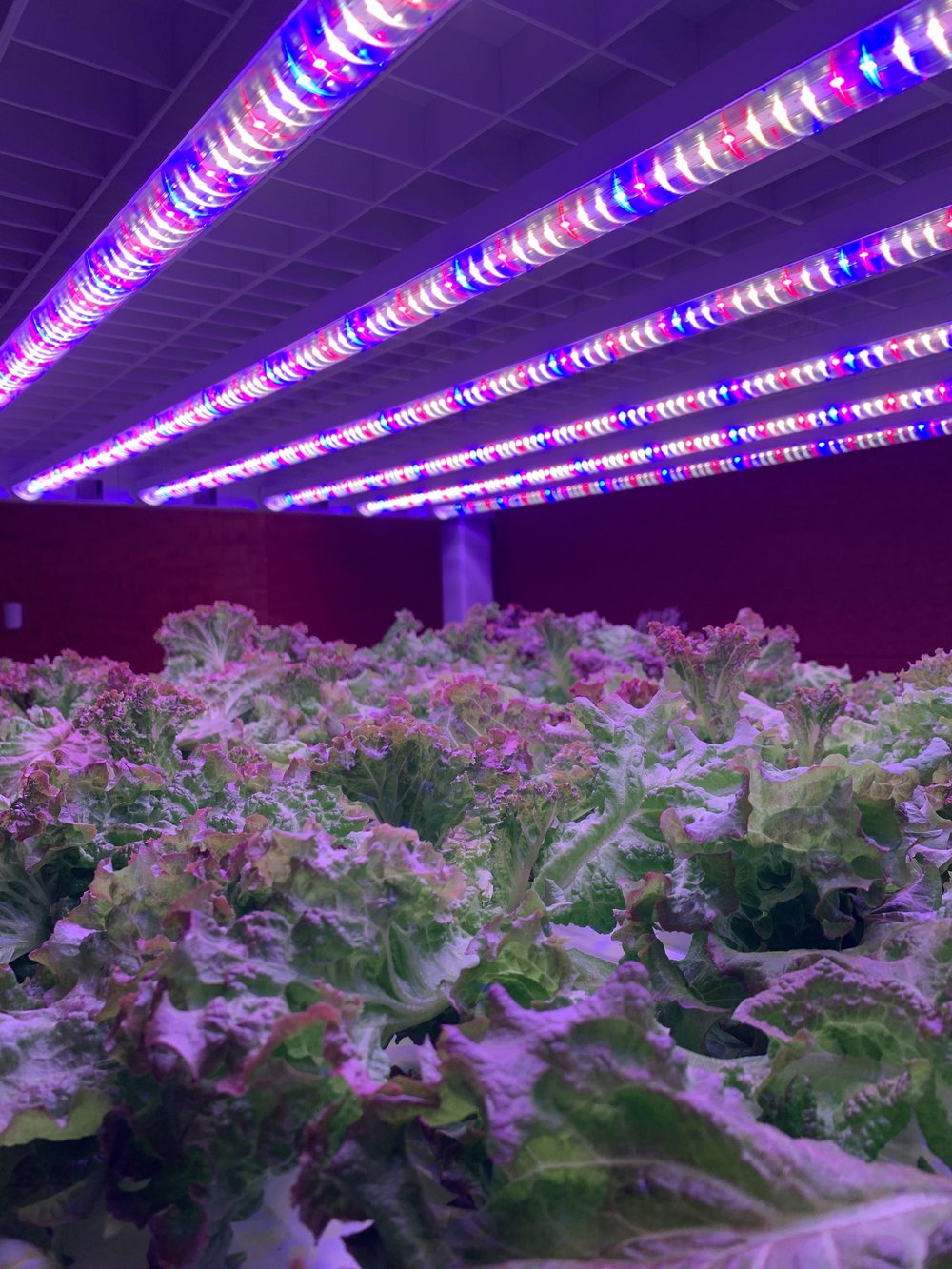
The GrowFlux team recently returned from Indoor Ag-Con Asia in Singapore. With the conference in its fourth year in Asia, established indoor farms, tech companies, researchers, entrepreneurs, and government officials gathered to share the latest developments in indoor ag-tech. Here is a summary of our key take-aways.
Sensing
Sensors play a critical role in indoor farms - especially indoor vertical farms challenged with thermal stratification, causing different micro-climates throughout the controlled environment. Going beyond conventional sensors, hyperspectral cameras and biosensors for plant hormones - both methods to directly detect plant responses- were featured by researchers developing new technologies for the industry.
Scalability
Automation, artificial intelligence, robotics, and IoT were discussed heavily at Indoor Ag-Con Asia - all technologies that are key to scaling and are currently used in profitable indoor farms, and all technologies indoor farms must master to achieve scalability.
IoT
With many sessions touching on IoT in established indoor farms as though it was an afterthought, it is clear the role of connected devices in indoor farming is firmly rooted in the industry. GrowFlux discussed the importance of using robust IoT technology - such as time series database technology, standards, and scalable technologies - to enable an AI powered future of indoor farming.
Lighting
Lighting was among the most discussed topics at Indoor Ag-Con Asia, with speakers from Sananbio, National Taiwan University, Signify, GrowFlux, and others giving talks focused on lighting, spectrum, and controls. The significance of crop specific spectral control was highlighted throughout many presentations, underscoring the impact GrowFlux’s tunable lighting technology in the industry.
Seeds for Indoor Ag
Several presenters discussed the emergence of new seed developed for indoor cultivation which holds the promise of higher profitability, considering most of the conventional seed available today is adapted for the challenges that come with outdoor cultivation, such as disease and pest resistance.